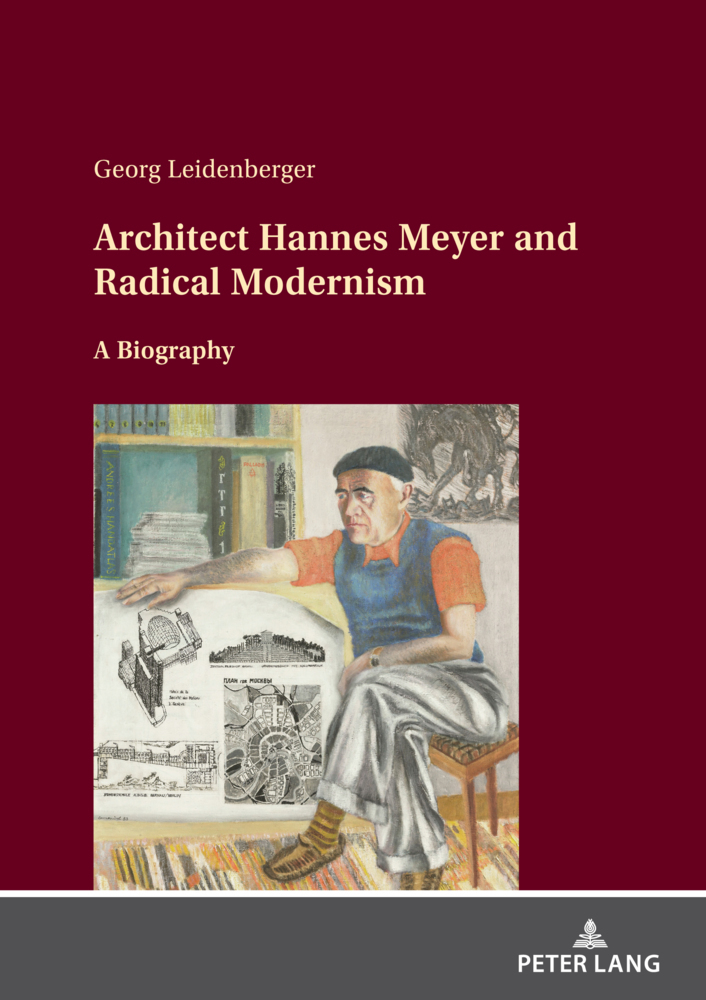
Zustellung: Mo, 02.06. - Do, 05.06.
Versand in 1-2 Wochen
VersandkostenfreiBestellen & in Filiale abholen:
Radical modernist Hannes Meyer (1889 1954) worked as administrator and artist as well as architect and urbanist. Amidst personal setbacks and the tumult of war and totalitarianism, this individual fought for the wellbeing of the masses in a collective age. The Bauhaus director and CIAM member built the Freidorf Co-op and the UNESCO Bernau School
How did architecture, design and art transform from an aesthetic enterprise to serving the needs of the masses? And how did a single individual-and an outstanding representative of "radical modernism"--pursue his personal convictions in an age marked by war and totalitarianism in the name of the collective? These questions frame this comprehensive life story of Hannes Meyer, who as an upstart architect in Basel, director of the Bauhaus in Germany, urban planner near the China-Russian border, and designer of social housing and hospitals in Mexico, fought to affirm the rights of all to a life of comfort and human dignity while seeking to maintain his own identity in the process.
"Georg Leidenberger, for the first time brings to life this steadfast, difficult and polemical architect, portraying him in the whole breadth of his existence. "-- Prof. Magdalena Droste, author of Bauhaus 1919-1933. Reform and Avantgarde
Inhaltsverzeichnis
Table of Contents - Georg Leidenberger - List of illustrations - Preface and acknowledgements Introduction - Childhood and Youth in Basel, 1889-1909 - Wanderjahre, 1909-1919 - From Freidorf (1921) to Freidorf (1925). A Housing Compound, two Publications and a Modernist Awakening, " 1919-1925 - A Radical Modernist Directing the Bauhaus, 1926-1930 - Eclipsed Honeymoon in the Soviet Union, 1930-1936 , Interlude: Geneva, 1936-1939 - Everything here is vulkanisch : Mexico, 1938-1949 - Rootless at Home. Lugano, Switzerland, 1949-1954 - Bibliographical essay - Bibliography
Produktdetails
Erscheinungsdatum
08. August 2023
Sprache
englisch
Seitenanzahl
284
Autor/Autorin
Georg Leidenberger
Verlag/Hersteller
Produktart
gebunden
Abbildungen
36 Abb.
Gewicht
491 g
Größe (L/B/H)
23/148/210 mm
ISBN
9783631889848
Entdecken Sie mehr
Bewertungen
0 Bewertungen
Es wurden noch keine Bewertungen abgegeben. Schreiben Sie die erste Bewertung zu "Architect Hannes Meyer and Radical Modernism" und helfen Sie damit anderen bei der Kaufentscheidung.









